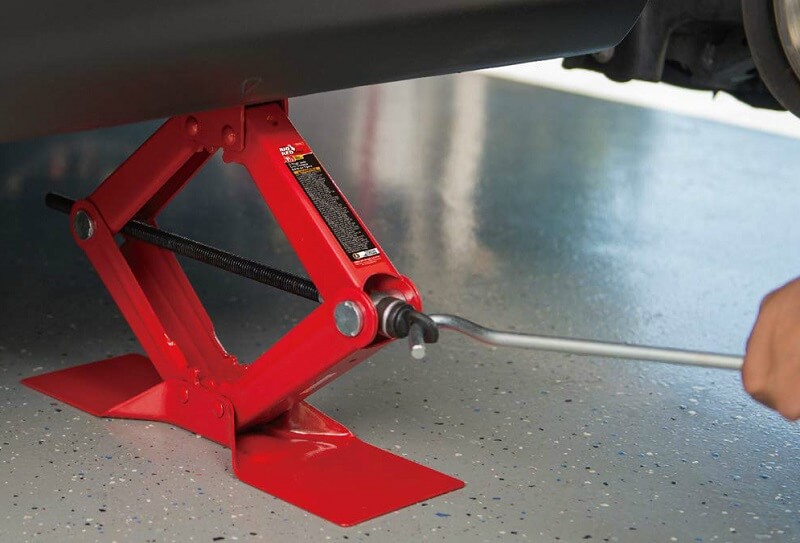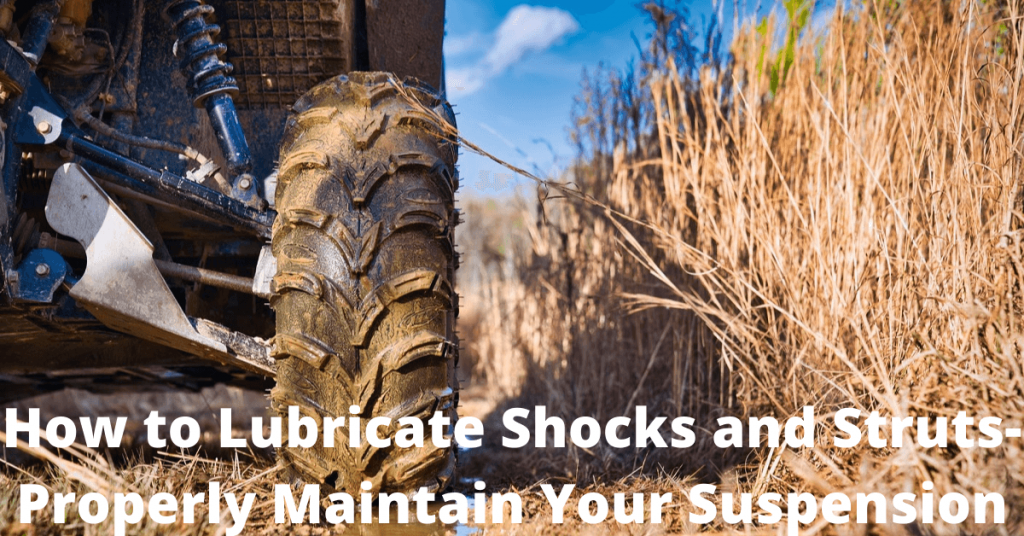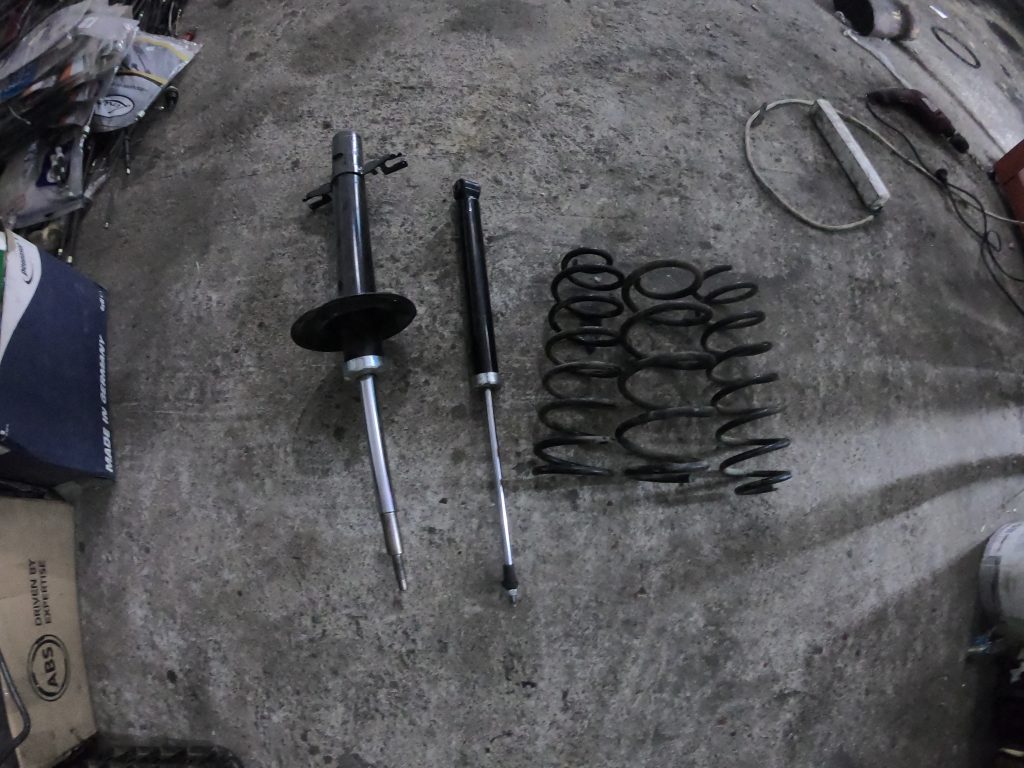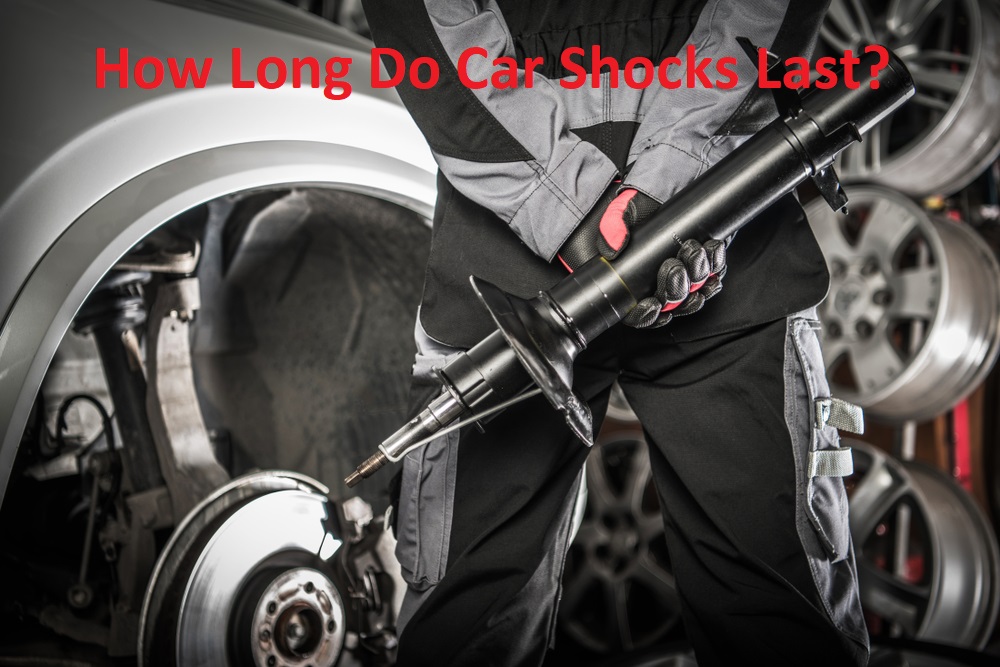The vehicles of today are the most advanced they’ve ever been. Equipped with all kinds of systems, there is one that we often take for granted, and that is the suspension.
Although the suspension may not be a system of sorts, it is still a collection of various components that greatly affect the comfort and handling of your car.
There are numerous components that make up the suspension system with two of the most integral parts being shocks and struts.
Simply put, the former helps absorb impacts when driving over potholes and bumps while the latter helps support the vehicle’s weight.
But like any other component of your suspension or any other system in your car, shocks and struts can start to go bad as they too have a certain lifespan.
But don’t worry, you are on the right place, since this article will teach you how to properly lubricate your shocks and struts.
Without further ado, let’s go!
Will Lubricating Shocks and Struts Completely Eliminate Creaks and Squeaks?
When it comes to both struts and shocks, lubricating them is the first line of defense that will help prolong their lifespan and performance. To lubricate shocks and struts means to help keep them in good shape, but doing this regularly can also help eliminate squeaking and creaking sounds.
This can, however, only last for a given time. If there is not enough lubricant, the struts and shocks will start to creak and squeak again.
This is a temporary solution since grease and oil are meant to keep the struts and shocks running well for longer and not necessarily to eliminate unpleasant sounds.
How Often Should I Lubricate Shocks and Struts?
This can vary from vehicle to vehicle as not all cars use the same type of shocks and struts. But usually, you’ll want to lubricate your shocks and struts at about every 6,000 miles. Again, this might not be the case with your vehicle, but if you hear any squeaking and creaking sounds, this will require you to lubricate shocks and struts.
Sometimes this can happen even before you’ve driven 6,000 miles. Usually, the more potholes you hit and the more bumps you go over, the sooner you’ll have to lubricate your shocks and struts.
The Actual Process of Lubricating Shocks and Struts (Step by Step)
What You Need
To be able to lubricate your vehicle’s shocks and struts, you need to have some items handy. These include jack and jack stands, rags, a syringe, an aerosol can of oil, and a long nozzle oil can. Once you have all these items alongside the grease/ oil you are ready to go.
Lubrication

- To gain access to the shocks and struts, you need to first jack up your vehicle. Place the floor jack under your car and lift it up so that the wheels are just about off the ground, and place the jack stands for proper support. Then remove the wheels, and you’ll be able to see the shocks and struts. Avoid this step in case your vehicle allows free access to the struts.
- This is how to grease shocks and struts. With both components in sight, you can clearly see where you need to use the aerosol can of oil. Spray on the strut bearings, turnplate, as well as bushings and give the oil some time to penetrate. Then do the same thing once again and wait it out.
- Once about 5 minutes have passed after the second round of penetrating oil was applied, get the syringe and inject some grease with it. Again, apply the grease with the syringe in the bushings, strut bearings, and turnplate.
- If you’re unable to reach any of these areas with the syringe, then just use the long nozzle oil can together with the syringe. You can also make use of the aerosol can instead of the syringe. You can do whatever works for you in this case.
- With that done, put the wheels back and then lower the vehicle down using the floor jack. Just make sure to remove the jack stands before you start lowering your car. Once safely lowered on the ground, do the same exact process to the front or back, depending on which side you started working on first.
Replace Rubber Bushings
Usually, when lubricating the struts and shocks of your vehicle, you also need to replace the rubber bushings. Why? Because they are getting worn out constantly, so it’s best to have new ones rather than rely on the old worn-out bushings.
- To replace the rubber bushings, you’ll need to raise your car the same way you did when lubricating the shocks and struts. When it comes to replacing the rubber bushings, though, you’ll need a flashlight to see what exactly is happening under your vehicle. You should inspect the struts, bushings, and shocks by checking out each bolt and the placement of the rubber bushings.
- There can be cracks on the rubber bushings, and they can also be pulled away from their original position. Sometimes rubber bushings are going to be slightly orange. If at least one of the above symptoms are present, then you’ll need to replace the rubber bushings. This is because they are likely to be damaged.
- You should also check the shocks while you’re at it and if they’re covered in oil, check them for any squeaks. You can do this by pressing on the hood where the wheel is. If both signs are present, your struts are in need of a replacement. When replacing struts, it’s best you do this on both sides of your vehicle.
What Products Are Best to Use in Order to Properly Lubricate Shocks and Struts?

Other than lubricating oils and grease, there are other products that can also help in making the former two products more effective. This way, you make your shocks and struts last longer.
Usually, people would refer to products such as WD-40 and PB Blaster as the products to use when you need to lubricate shocks and struts.
They are water displacement products meaning they remove water from tight crevices. Other products are similar to both WD-40 and PB Blaster, such as Fluorocarbon Gel 880 and Theolube 393.
The former has water displacement capabilities, while the latter being a thickened and heavy hydrocarbon grease made to last quite a long time.
Conclusion
When these products are combined, they can even prolong the lifespan of your shocks and struts. To top even that, you should also put in some work by avoiding potholes and bumps on the road as much as you can, of course, without causing an accident.
Knowing how to lubricate shocks and struts won’t be enough when you want to make the most of these components, just so you know. No matter if your car has quality shocks and struts.





